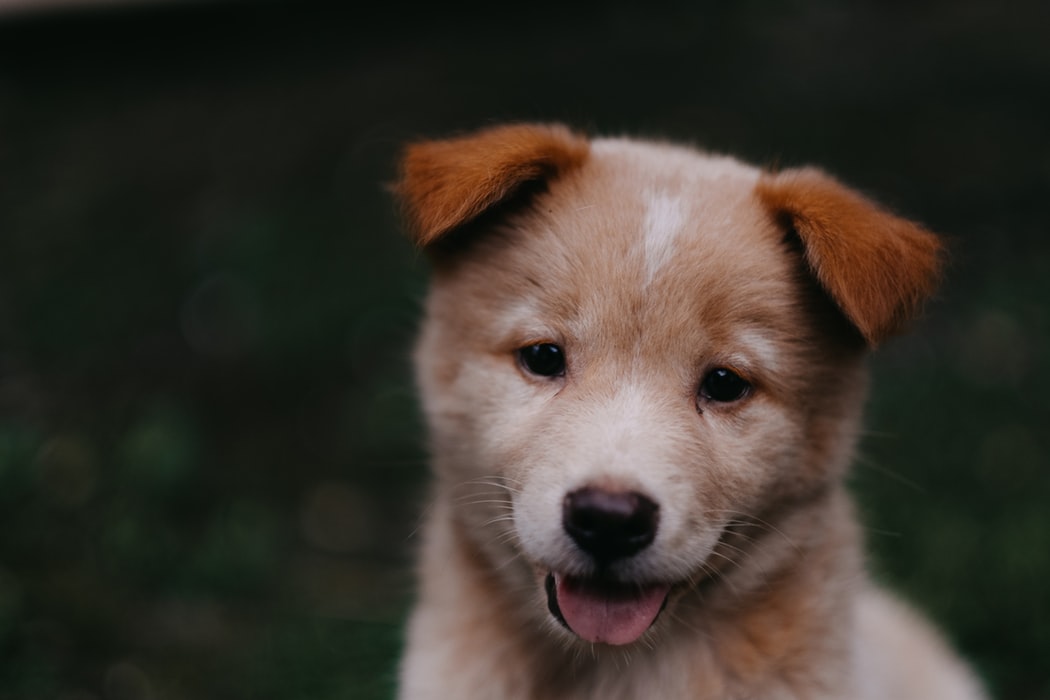Canine Safety 101: Identifying Household Hazards for Your Furry Friend
Your home is a haven for your dog, your beloved micro Frenchie, but it’s essential to be aware of potential hazards that could pose a threat to their well-being. From common household items to seemingly harmless plants, various factors around your home can make your dog sick if not handled with caution. In this guide, we’ll explore some of the common household items that can be harmful to your furry friend and provide insights on how to keep your home a safe and healthy environment for them.
**1. Toxic Foods:
Certain foods that are perfectly safe for humans can be toxic to dogs. Chocolate, caffeine, onions, garlic, grapes, raisins, and alcohol are just a few examples. These items can cause a range of issues from gastrointestinal upset to more severe conditions such as kidney failure or even death. Ensure that your dog does not have access to these foods and be cautious when disposing of them.
**2. Houseplants:
While plants add a touch of nature to your home, some can be toxic to dogs if ingested. Common household plants like philodendrons, pothos, and certain types of lilies can cause digestive distress, lethargy, or more severe reactions. Research and identify the plants in your home to ensure they are safe for your furry friend or consider placing them out of reach.
**3. Human Medications:
Many medications intended for humans can be harmful to dogs if ingested. Pain relievers like ibuprofen and acetaminophen, as well as certain prescription medications, can lead to serious health issues. Always store medications in a secure location, and be cautious about leaving pill bottles within your dog’s reach.
**4. Cleaning Products:
Household cleaning products often contain chemicals that can be harmful to dogs. Bleach, ammonia, and certain disinfectants can cause respiratory issues, skin irritation, or digestive problems. When cleaning, ensure proper ventilation, and keep your dog in a separate area until surfaces are dry and chemical residues are minimal. Consider using pet-friendly cleaning products or making your own with natural ingredients.
**5. Electrical Cords:
Dogs, especially puppies, may have a tendency to chew on objects, including electrical cords. This behavior poses a risk of electric shock, burns, or other injuries. Use cord organizers or deterrent sprays to discourage chewing, and supervise your dog closely, especially if they are prone to exploring with their mouths.
**6. Small Objects:
Small items such as coins, rubber bands, or small toys can be choking hazards for dogs. Be mindful of what your dog has access to, especially if they are prone to chewing or swallowing objects. Keep small items out of reach, and monitor your dog’s playtime with toys to ensure their safety.
**7. Insecticides and Pesticides:
Products designed to eliminate pests may contain chemicals that are harmful to dogs. Whether in the form of sprays, baits, or granules, these substances can cause adverse reactions if ingested or if your dog comes into contact with treated areas. Follow application guidelines carefully, and restrict your dog’s access to treated areas until they are safe.
**8. Flea and Tick Products:
While flea and tick prevention is crucial for your dog’s health, misuse or overuse of certain products can be harmful. Always follow the recommended dosage and application instructions provided by your veterinarian. Some dogs may be sensitive to specific ingredients, so monitor your pet for any adverse reactions and consult your vet if you have concerns.
**9. Trash and Hazardous Waste:
Dogs are notorious for exploring trash bins, but this behavior can lead to the ingestion of harmful substances. Dispose of hazardous waste, such as cleaning wipes or chemical containers, in secure bins. Consider using trash cans with lids or placing them in areas your dog cannot access.
**10. Human Foods with Xylitol:
Xylitol, a sugar substitute found in some sugar-free gum, candies, and baked goods, is highly toxic to dogs. Ingesting even small amounts can cause a rapid release of insulin, leading to hypoglycemia (low blood sugar), seizures, and liver failure. Check food labels for xylitol, and keep products containing it out of your dog’s reach.
Conclusion:
Creating a safe environment for your dog involves being proactive and vigilant. Regularly inspect your home for potential hazards, and take steps to minimize risks. Additionally, familiarize yourself with the specific needs and sensitivities of your dog’s breed, age, and health status. By being mindful of these common household hazards, you can ensure that your home remains a haven for your furry friend, promoting their health, happiness, and overall well-being.
